No turning back: New law pushes Pimlico-Laurel project
During its 2022 session, Maryland’s General Assembly made available hundreds of millions of dollars to renovate the stadiums where the Baltimore Orioles and Ravens play and for minor league baseball stadiums in the state – more than $1 billion all told.
It also sent horse racing – with its Pimlico-Laurel renovation project still with no visible progress – a message: Find ways to cut costs, and get this project off the ground.
The legislature in 2020 had passed the Racing and Community Development Act, which permitted the Maryland Stadium Authority to issue up to $375 million in bonds to fund a project to make Pimlico a viable long-term home for the Preakness while transforming Laurel into the rest-of-the-year epicenter of Maryland racing.
Two years on, with not much to show for it, the General Assembly decided a more hands-on approach was necessary.
“One of the things we did is to have [the Maryland Stadium Authority] report to the Legislature on what’s going on,” said Del. Sandy Rosenberg, a Democrat whose 41st district is located in Baltimore City near Pimlico. “So I think that’s a way to allay whatever concerns there might be [about delays in the project]. Nothing concentrates the mind, Samuel Jonson said, like a hanging. In the legislative process, nothing concentrates the mind like a public hearing.”
The new legislation, HB 897, which Gov. Larry Hogan (R) signed into law April 12, directs the Stadium Authority to submit two reports to the Legislature in the next several months, the first due by September 30 and the second by January 1, 2023.
Each of the two reports is to outline efforts “to reduce the overall project costs” and to sketch out the cost and schedule for the racing facility site at Laurel Park “based on the programmatic desires of current ownership.”
As for Pimlico, the new law underlines that “it is the intent of the General Assembly” that the project get in gear. By September 1, the law says, the legislature expects that “design, architecture, engineering and permitting” for the work at Pimlico will have begun. It also calls for the “demolition of the Pimlico Old Grandstand on an expedited basis.”
- Maryland-based Balboa to run in Jerome
 The Brittany Russell-trained James F. Lewis, III Stakes winner Balboa, recently third in the G2 Remsen, will try his luck in the Jerome at the Big A Jan. 3.
The Brittany Russell-trained James F. Lewis, III Stakes winner Balboa, recently third in the G2 Remsen, will try his luck in the Jerome at the Big A Jan. 3.
“I think we’re all impatient,” said Maryland Thoroughbred Horsemen’s Association general counsel Alan Foreman, who has represented the Thoroughbred industry throughout this project. “The legislature thought this project was going to start two years ago; it hasn’t started. There are numerous challenges that we’re working on.”
“We all have a sense of impatience,” agreed Alan Rifkin, an attorney representing the Stronach Group and its Maryland Jockey Club subsidiary. “There’s an element of frustration because factors outside of our control had and have an impact on this project.”
Those outside factors are not inconsequential, said Gary McGuigan, who is the Maryland Stadium Authority’s executive vice president, Capital Projects Development Group.
“One thing that is a concern is labor force, which is affecting all markets,” he said in a November interview. “With all the spending that’s going on at the federal level and the local level, that is a concern. And you’ve got inflation creeping up.”
At the same time, McGuigan said, the project itself poses numerous challenges.
One is getting the Pimlico project far enough along in limited time so that the Preakness doesn’t have to decamp to Laurel for a year. The hope is for work at Pimlico to begin immediately following one Preakness and to be far enough along by the next Preakness so that the race remains in Baltimore.
Another is managing a Laurel project that seems to grow more complex with each passing day. Among the issues: how to install three surfaces (dirt, turf, and synthetic); the necessity, which only became clear after the passage of the 2020 bill, of a new Laurel grandstand; the need for a training track at Laurel to accommodate what will be an expanded horse population there; backstretch housing; and much more.
And overlaid on all of that is the imperative of managing these projects in such a way that Maryland racing can continue without interruption while the construction goes on.
“We’ve worked on a lot of complex projects, and this one so far takes the cake,” McGuigan said. “There’s so many pieces, so many moving parts.”
While the General Assembly brandished a stick in the new law, it also provided the industry a couple of carrots. One is $10 million for backstretch housing this year, with another $10 million to follow next.
In addition, the legislature directed the Maryland Economic Development Corporation (MEDCO) to “evaluate the feasibility, limitations, costs, and potential benefits related to the acquisition of the Laurel Park site by a government or nonprofit entity.” A report on that topic is due from MEDCO to the legislature by September 1.
- CT: Juvenile winners connect Sigler, Farrior barns
 Maskedandmummed swept two November stakes at Charles Town, and a pair of other juveniles impressed in graduating in the muddled 2yo scene there.
Maskedandmummed swept two November stakes at Charles Town, and a pair of other juveniles impressed in graduating in the muddled 2yo scene there.
The purpose of that report, people involved in the discussions said, is to determine how to resolve a thorny issue that could derail the project. Changes made to the federal tax code in 2018 altered the way stadium and other similar projects – such as the Laurel and Pimlico renovations — are handled for tax purposes, Rifkin said; now, since Laurel Park is on privately owned land, the state’s contributions to the project – which will amount to more than $155 million and potentially much more – will show up on the Stronach Group’s ledger as taxable at the capital gains rate of 20%.
That means that, absent an agreement for a governmental entity or nonprofit to take possession of the land, the Stronach Group could be looking at a tax bill of $30 million or more.
“That’s not tenable. It’s not feasible, and it wouldn’t help the project move forward,” Rifkin said. “We’ve always said from day one that we had to have a solution to the tax issue.”
That issue was resolved vis a vis Pimlico because the Stronach Group has agreed to convey the property in fee simple to the city of Baltimore. But with the Laurel property much larger and more valuable, the problem is more complicated.
On top of all of this, 2022 is also the year in which the so-called “10-year deal” governing racing expires. That deal brought a level of peace and certainty to the industry that had been lacking. It’s been, in essence, a purchased peace: the horsemen have subsidized additional racedays that they wanted but that the track believed would otherwise be financially non-viable.
The new law addresses that governing agreement, as well. It directs the Maryland Jockey Club, Maryland Thoroughbred Horsemen’s Association, and Maryland Horse Breeders Association to report to the General Assembly by September 30, 2022 on “recommendations regarding future and planning operations of the Maryland thoroughbred racing industry.”
“The legislature is keenly aware that the 10-year agreement between the horsemen and the racetrack is going to expire,” Rifkin said. “It’s been an imperfect agreement, imperfect for everybody.”
But it’s a tricky situation, Foreman said, and one coming quickly to a head. The tax issues and future ownership structure are at the heart of the challenge.
“If that gets figured out and there’s an agreement on that, then we still have to deal with the long-term agreement that’s going to govern the industry and how that’s all going to work,” Foreman said. “So we’re on an accelerated timeframe to get that done by September 30.”
For all of that – the challenges, the setbacks, the impatience, the frustration – people around the project keeping coming back to the word “optimistic.”
“I am as optimistic as I have always been,” Rosenberg, the delegate, said.
“I’m optimistic because Pimlico’s going to get done, and if Pimlico’s going to get done, Laurel has to get done,” Foreman said. “There’s no turning back.”
PIMLICO PHOTOS
LATEST NEWS



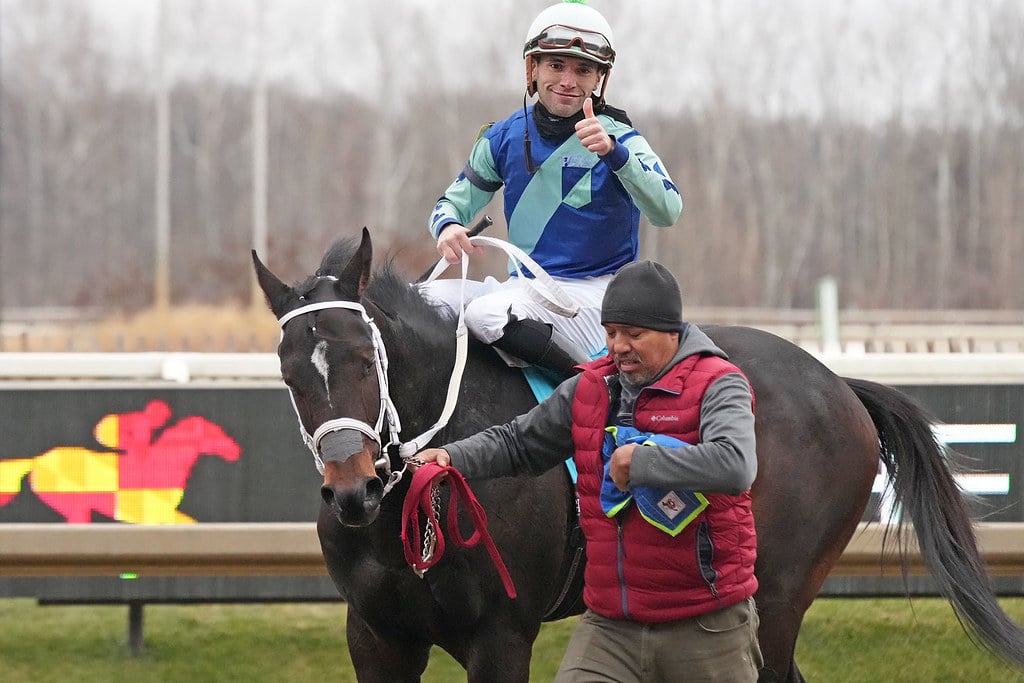


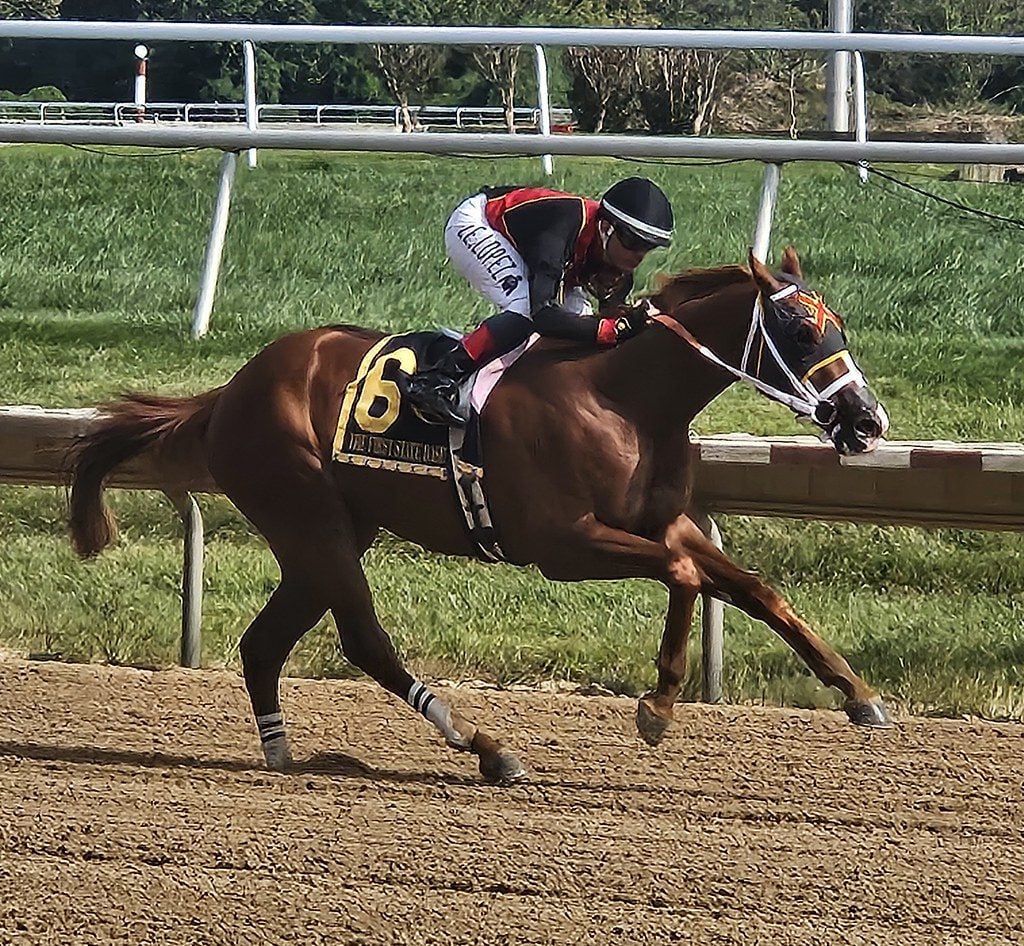



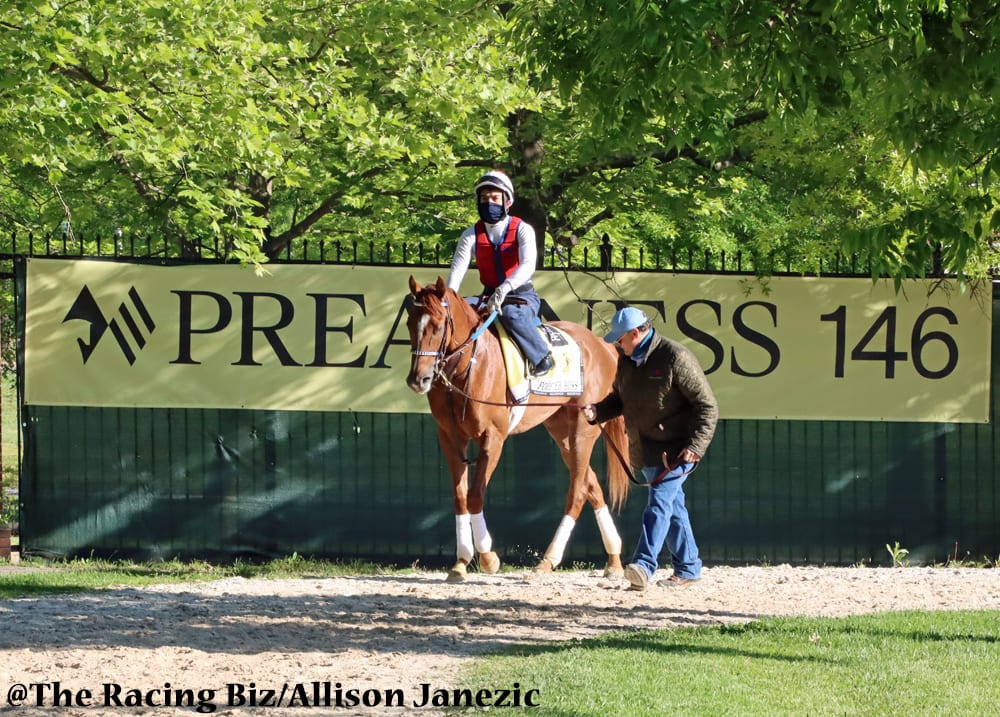

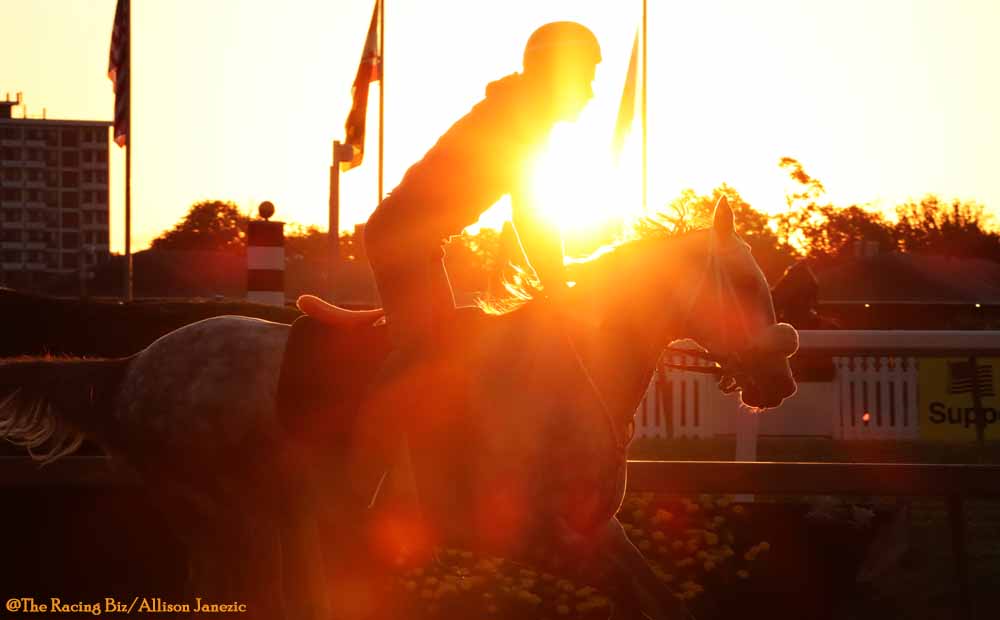

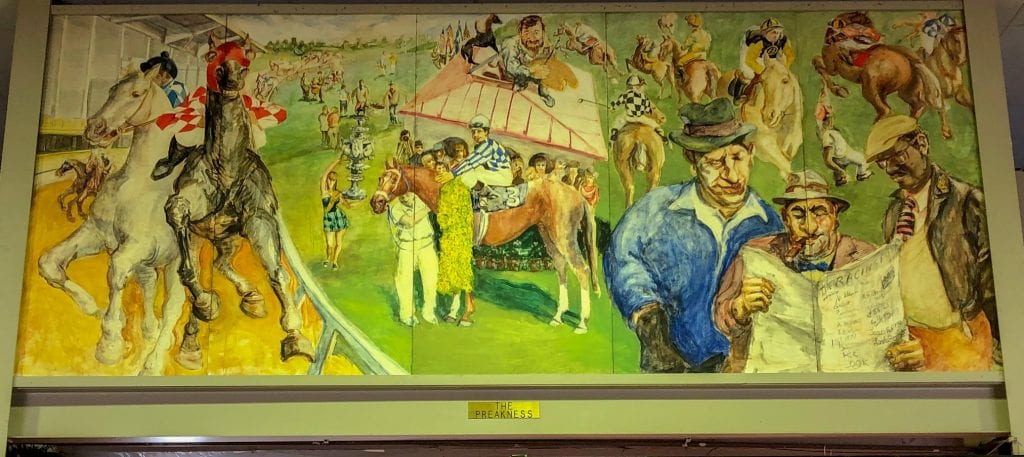
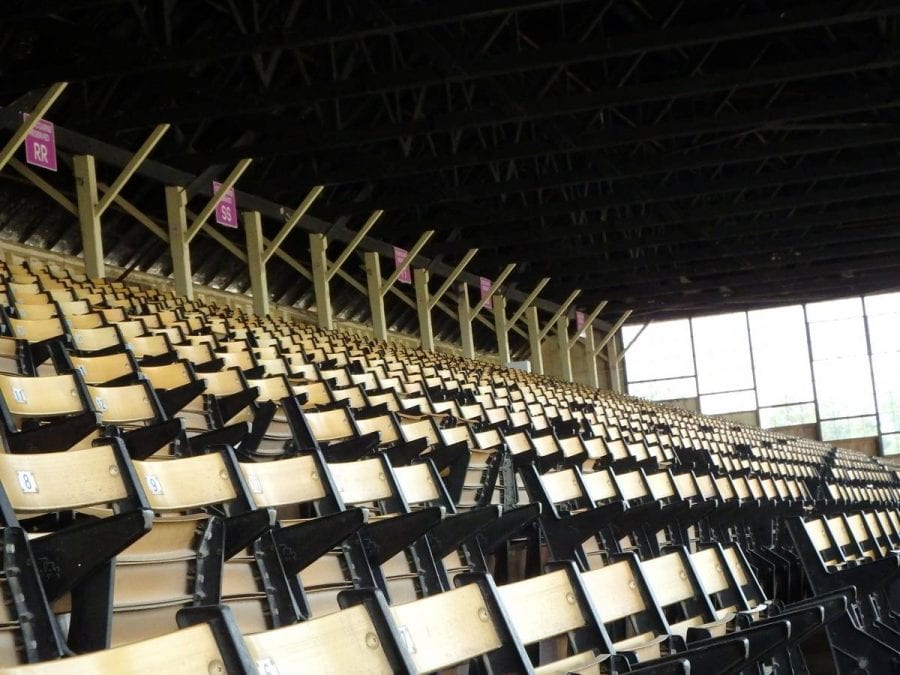
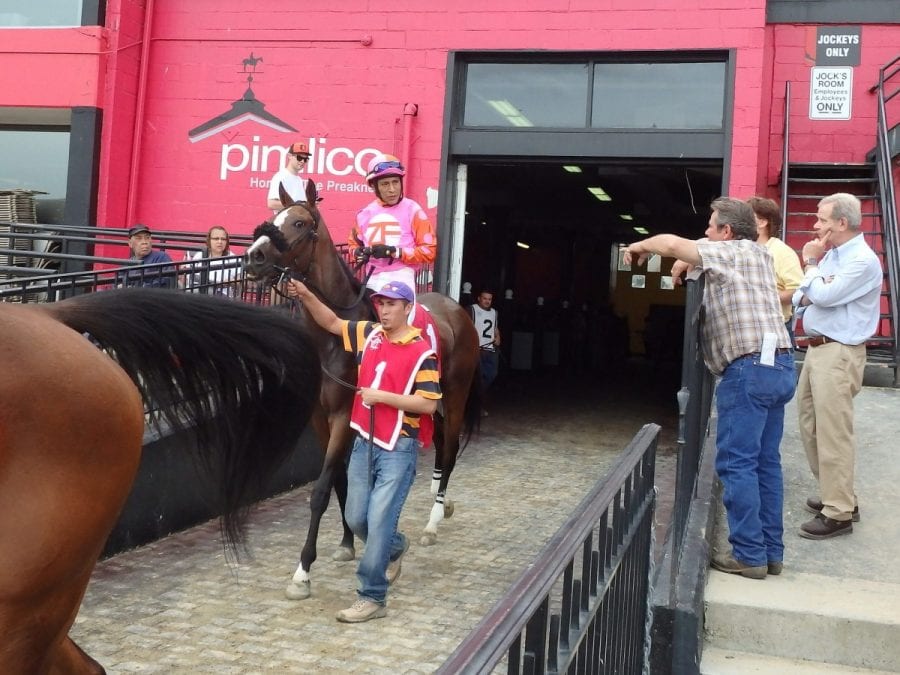

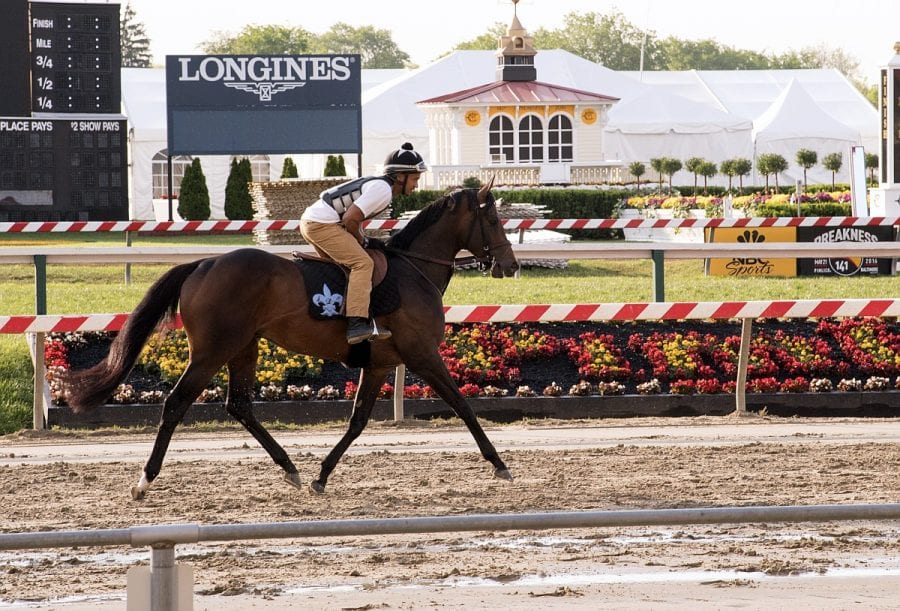
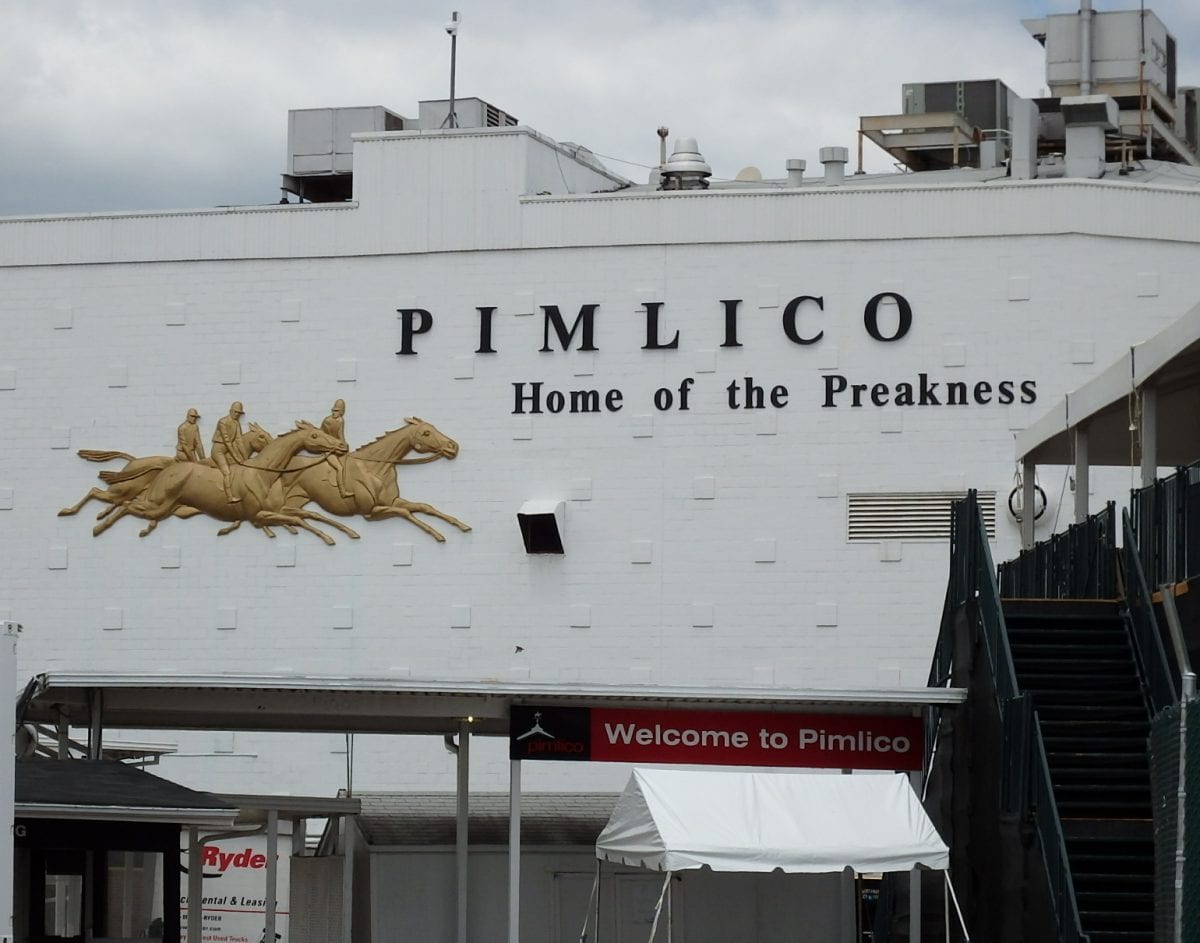
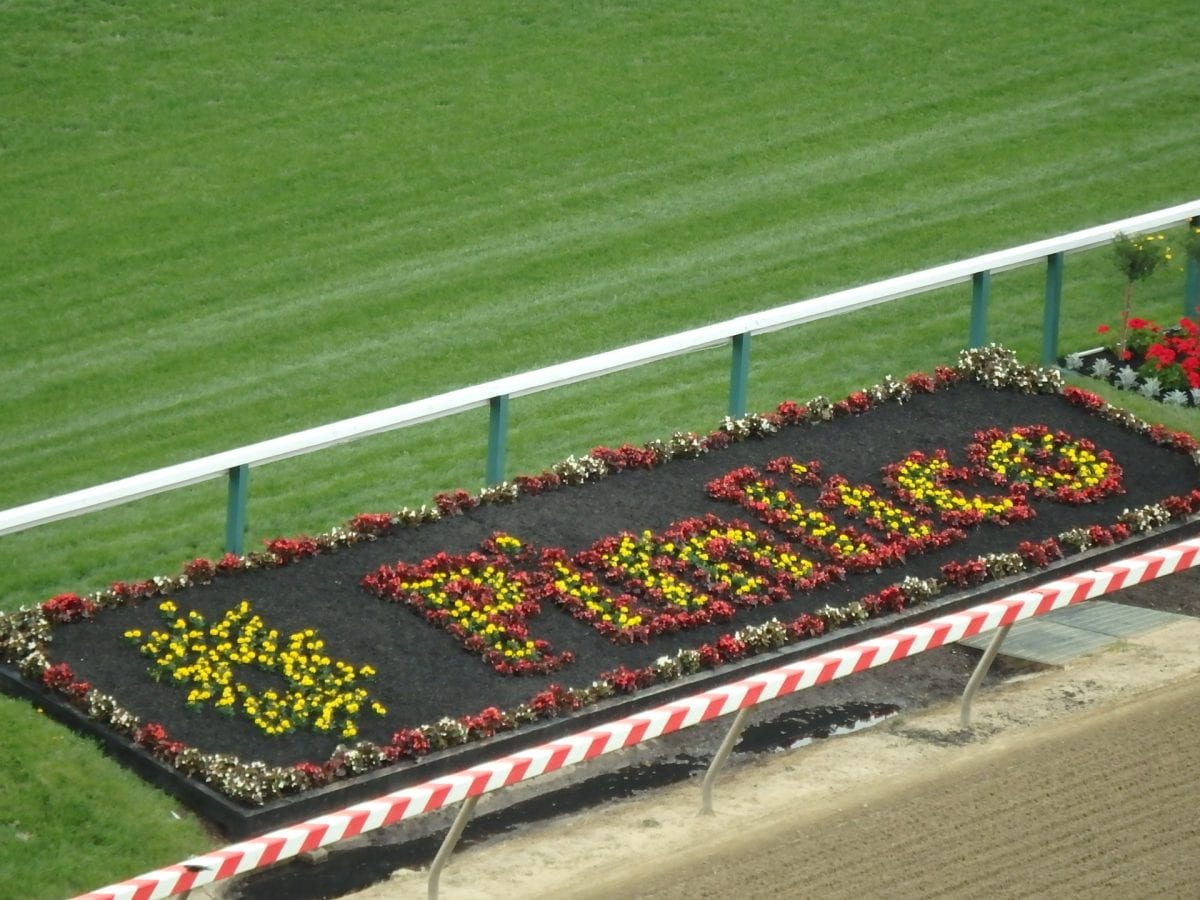
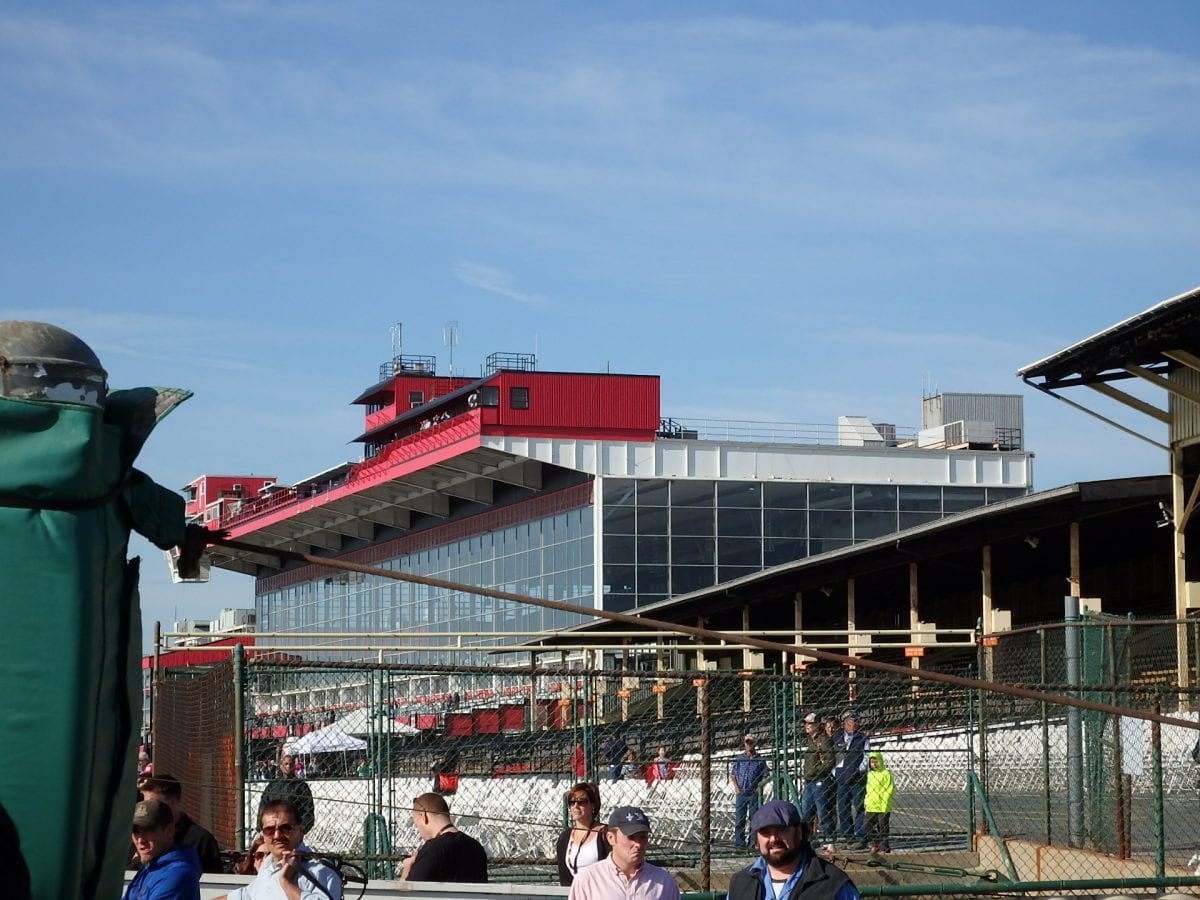
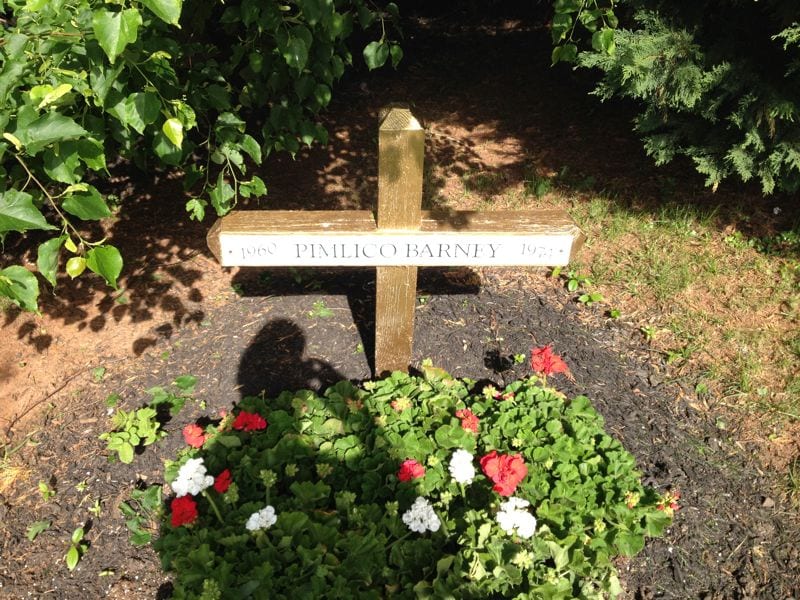

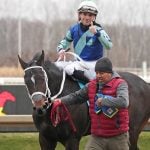



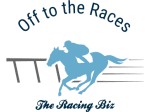
April Inloes Smith
01st May 2022Interesting that the parties are STILL talking about making Laurel, with its environmentally and dangerously flawed location, being considered as the center for MD racing and training. If nothing was learned last Spring and Summer, it was that the track at Pimlico is far superior by comparison. And sacrificing one of the last remnants of vintage Pimlico, the old Grandstand, just so it looks like something is being done is huge mistake. Want to cut costs? Stop throwing good money after bad at Laurel.
Patty milby
01st May 2022They keep bowing to the Stronach group. He’s buying someone off no doubt Pimlico has and always will be the ultimate track in Maryland. The 30 million in taxes in nothing to Stronach make them pay it
Anonymous
02nd May 20221
LP
02nd May 2022A much needed update , thanks Frank
Stanton
03rd May 2022There is much nostalgia for Pimlico, yet it doesn’t seem to develop into actual patrons at the racetrack other than two days a year. If Pimlico was more viable you can bet the MJC would run more dates there. Having my trainer stabled at Pimlico and there often, I can tell you where I would rather spend 80% of the racing dates.
Anonymous
03rd May 20225